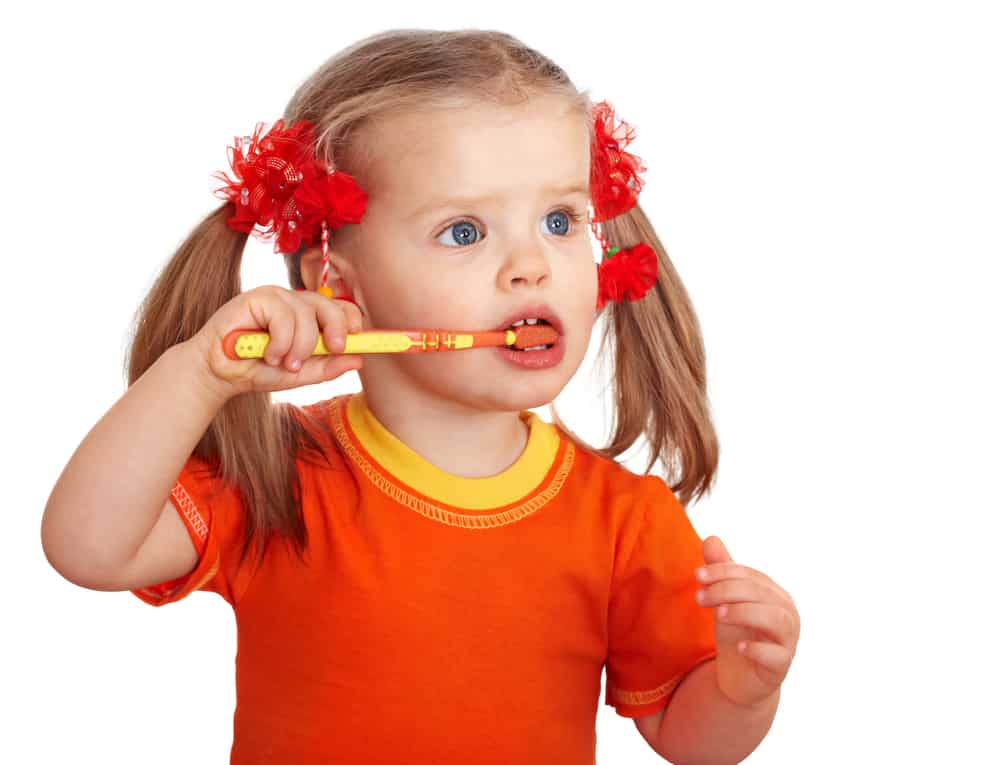
Toddlers and their teeth
By the time your child is a toddler they will have teeth. They might not have all their 20 baby teeth but will certainly have some. This means they need to be cared for.
Prevention is better than a cure
The guidelines around what you eat are just as relevant for children as for adults, perhaps more so. Stick to water and milk rather than juice and sugary drinks. Lollies, soft drinks, snack bars and sweet treats all contain sugar. These foods, while tasty, are doing damage to little teeth. While these teeth will fall out they are just as important as the adult ones. The habits created as toddlers will continue once the adult teeth arrive. This can be as early as age 4. Stick to to unprocessed foods like vegetables for snacks.
Which toothbrush and toothpaste?
Most brands have tooth brushes and paste that is specific for each age group. Make sure to read the labels to ensure the right brush/paste is being used. Use a very small amount of paste. Toddlers will usually swallow the toothpaste so it is important to use only a small amount of the age-appropriate paste.
Brushing
Anyone who has tried to get a toddler to do anything they don’t want to do will know a battle can often follow. We do not want brushing to be something that children do not want to do. This is for the simple reason that is is a non-negotiable daily task. The habits that are created around dental hygiene at this age will affect their whole lives…no pressure!
So what can you do if you toddler doesn’t like to brush their teeth? One idea that often works for our patients is to make it a family event. Your children don’t usually see you brushing teeth so they might not realise it is a job adults do to. By brushing you teeth with you toddler they will see, rather than be told, that this is a ‘cool’ thing to do.
It is important that you brush their teeth. We recommend that you brush you children’s teeth until the age of 8. This is because they do no realise the importance of brushing every tooth and reaching the molars. This does not mean that toddlers can’t have a go. Let them brush their teeth first and then finish it off for them. Or the other way around. This way they feel empowered and involved in the process while ensuring that the teeth are properly cleaned.
Checking for decay
You can easily check the state of your child’s teeth by lifting their top and bottom lips and checking for white patches, which are the early warning signs for decay, and can be reversed. Grey, brown or black spots indicate more serious decay; in either case, book an appointment with your dentist as soon as possible.
Not sure what you’re doing?
That’s OK! We are here to help. Our dentists and hygienists are here to show you the best technique and tips and tricks to ensure your toddler has the best start to good oral health.
